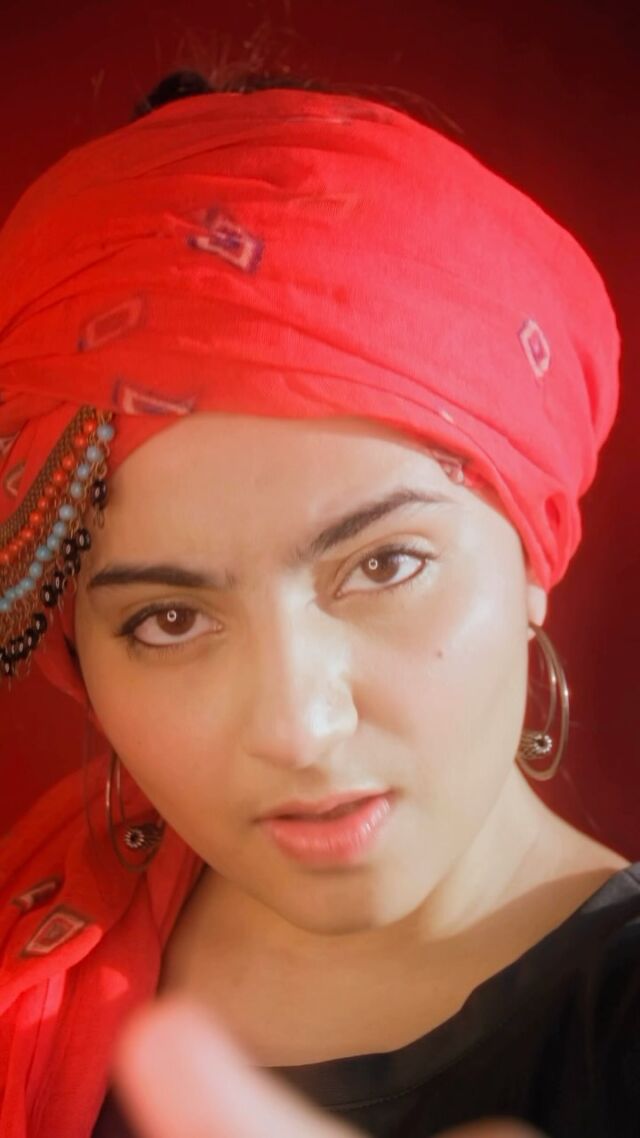Sydell L. Miller, a self-made beauty mogul who went from the stay-at-home wife of a Cleveland salon owner to a Palm Beach mansion so immense that it was said to take an hour to walk through all of its rooms, died on Feb. 25 at her home in Cleveland. She was 86.
Her daughter Stacie Halpern confirmed the death. Ms. Miller had various health issues, including serious heart problems dating to the early 1990s; Ms. Halpern said that a combination of factors had recently caused her mother’s health to decline.
Ms. Miller and her husband, Arnold Miller, created two dominant brands: Ardell, the industry standard for abundant and shapely false eyelashes, and Matrix Essentials, which has often been described as the nation’s largest manufacturer of salon products and was the primary source of Ms. Miller’s fortune. In 1994, two years after her husband’s death, Bristol Myers Squibb bought Matrix from Ms. Miller for $400 million.
Both companies made lasting changes to the way people worldwide get ready, both at home in front of a mirror and at a salon. The Millers invented the first pre-cut eyelash kit and false-eyelash strips, reducing procedure time from hours to minutes. They also changed how hairdressers colorize hair, creating cream-based (rather than liquid) dyes that allowed for precise application and giving hairdressers control over a range of mixable colors, as if they were painters — not aestheticians so much as aesthetes.
Paintbrush-like tools and color swatches that the Millers introduced are now familiar parts of salon routines; the couple also debuted products that made it easier to do some complex hair treatments, like a perm and a dye, in one trip.
Their innovations shared two general qualities: They increased the convenience of beauty routines, and they gave hairdressers more creative possibilities.
Ms. Miller’s fellow Palm Beach plutocrats called her the “Shampoo Lady,” The Wall Street Journal reported in 2005.
The nickname was a comic understatement. Ms. Miller owned artworks by Picasso, Chagall, Giacometti and Lichtenstein. In 2019, she set the record for the most expensive condo purchase in Palm Beach history, paying more than $40 million for a whole floor of a new development. That year, she broke another real estate record when she sold her oceanfront home, La Rêverie, for $111 million, making it the most expensive sale of a home in Palm Beach County.
The vastness of the property defied description: Reporters have disagreed about whether it contained 19 or 22 bathrooms. Its facilities included an ice cream stand, a candy parlor and a bowling alley. In his book “Madness Under the Royal Palms” (2009), Laurence Leamer described La Rêverie as so beyond human scale that it resembled a “railroad station or state library.”
In another book, “Mar-a-Lago: Inside the Gates of Power at Donald Trump’s Presidential Palace” (2019), Mr. Leamer reported that Ms. Miller was an early member of Mar-a-Lago, located about half a mile away from La Rêverie. Her other neighbors included the billionaires Ken Griffin and Steve Schwarzman.
The origins of this dazzling wealth could hardly have been more homespun.
Sydell Lois Lubin was born on Aug. 10, 1937, in Cleveland. Her father, Jack, owned a furniture store, and her mother, Evelyne (Saltzman) Lubin, was more card playing and cigar smoking than your average midcentury homemaker.
Sydell (pronounced SIHD-ell) attended the University of Miami for two years, then returned to Cleveland. A friend suggested that she get her hair done by Arnold Miller, a man in his mid-20s from her community of working- and middle-class Cleveland Jews, who had opened his own salon.
They fell into an engrossing conversation, and she said that he had made her hair look fabulous . The young man asked her out. “Which night?” she asked. “All of them,” he replied.
His next client, waiting through the protracted flirtation, began to swear.
“Slow down,” the young man told her as Sydell left. “You see that little blonde walking out the door? I’m going to marry her.”
He proposed to her after a week; they married in 1958.
Mr. Miller assumed Sydell would be a housewife. One day, when his receptionist called in sick, she appeared at the salon and announced that she would help with the phones. Soon, she was running her own women’s wear boutique above the salon.
It was Ms. Miller who conducted the early experiments to simplify eyelash adornment. The couple took their invention on the road, traveling to a trade show in the Chicago suburbs.
They applied about 100 sets of eyelashes to the show’s attendees but did not sell a single kit. They agreed over dinner that the initiative was a failure but returned to the show the next day anyway, having signed on for two days.
They found a line of about 60 women waiting for them.
“They didn’t believe the story that they could shower or swim or sleep and that the lashes would still be on,” Ms. Miller recalled in a 2017 interview with Modern Salon magazine. “They kept saying, ‘Look! They’re there. They’re staying.’ In 15 minutes, we sold out everything we had.”
That success led the Millers to create Ardell. When their product line became a hit at pharmacies, they pivoted to focus on catering to hairdressers. They sold Ardell and started Matrix.
The couple split their duties by having Mr. Miller as the public face and Ms. Miller as the corporate manager. Early on, she accounted for corporate inventory by hand, working until midnight. Each of them got the same paycheck and offices of the same size.
In later years, Ms. Miller donated substantial sums of money, including a $70 million family gift to the Cleveland Clinic.
In addition to Ms. Halpern, Ms. Miller is survived by another daughter, Lauren Spilman; a brother, Dennis Lubin; four grandchildren; three great-granddaughters; and two nephews whom she regarded as grandchildren.
Underlying the Millers’ business strategy was a belief that hairdressers had lacked the sort of commercial innovations, corporate attention and social dignity that they deserved. Matrix succeeded because the company won the trust of hairdressers.
In her Modern Salon interview, Ms. Miller argued hairdressers’ importance to society. They are advisers, she said. They see their customers in good times and bad. They glean information about them that few others know. For the sort of older client who rarely goes out, they might be an essential point of regular social contact.
“I love hairdressers: There isn’t anybody in the world that gives more of themselves to their customers,” she said. “What we wanted to do with Matrix was give back to them a way of growing, excelling and building a proper image truly of what they give to their people.”
Source link







![Growing up learning Indian Classical Music, I’ve developed a deep appreciation for diverse musical genres, and techno is definitely one that has captured my interest. Got inspired to write this track by blending the beautiful melodies of Hindustani classical, particularly Raag Bhairav, with the beats of techno. Excited to share this fusion with you all!
Music by @miladzki
Check it out and vibe with me! 🎶✨
[ techno, newmusic, fusion, indianclassicalmusic, techno, music, kakisinger ]](https://talentsofworld.com/wp-content/uploads/wp-social-ninja/instagram/9xm.tv/18327743320185528_full.jpg)
![Listen to this Version of Dil Kho Gaya
Original Song From the Movie Dil.
Anand-Milind, Udit Narayan, Anuradha Paudwal sung this song
Music by Anand-Milind
Hope you guys like this Rendition of the Classic Song by Kaki Singer.
Like, Share & Comment.
[ Dil, Dil kho Gaya, old songs, Classic Bollywood, old song covers, retro songs, indian old songs, old hindi songs, melodies, kaki singer, Indian singers ]](https://talentsofworld.com/wp-content/uploads/wp-social-ninja/instagram/9xm.tv/17999564600299237_full.jpg)




















































